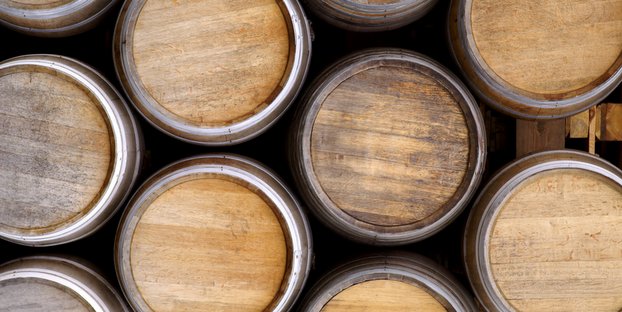
With more than 2,500 breweries in operation and over 1,500 in planning, craft breweries seeking longevity, or even survival, must differentiate themselves. In this ultra-competitive market, brewers know that few offerings will put a brewery on the map like specialty barrel-aged beers. Why does a barrel-aging program have the power to turn a run-of-the-mill brewery into a standout? For one thing, specialty barrel-aged beers showcase the artistic side of the brewer as well as the technical prowess of the brewer and brewery. They also show that the brewer and brewery are willing to take risks to please their fans. Additionally, they position the entire brand as a higher-end product that, in turn, deserves a higher price point, thus making these beers highly profitable.
No reward without risk
Yes, there is much to be gained in brewing these sought-after specialty beers. As with everything, however, the more return a business gets, the higher the risk it takes to attain it. There’s the risk that the beer may not come out well, in addition to the risk that an accident can take out highly profitable future revenue that the brewery was relying on. There’s also considerable risk based on the increased expenses: more real estate space needed in the brewery or a separate building, having to purchase expensive used wine or whisky/bourbon barrels (cooperage) and racks to age the beer, the use of manufacturing time and ingredients that could instead have produced the standard lineup of beers with a quicker, although smaller, return … The list goes on and on.
Still, if brewing a specialty barrel-aged beer is your passion, who am I to dissuade you? Here are three of the ways to properly protect the barrel-aging program and ensure that your brewery reaps the profit even if the beer is lost in a covered claim.
“Business owners should always think about catastrophic coverage, and operators of barrel-aged beer breweries are no exception, yet the expense often stops them from buying it. However, when you’re storing so much future income potential, the need for a catastrophic insurance policy is undeniable.” Check for the sales price endorsement in your policy
Often, an insurance policy is written with replacement cost coverage. This means that if you were to lose any property in a claim, the insurance company would be responsible for paying you for the cost it would take to replace the property including any time and materials. When you’re putting so much on the line to create highly profitable beer, this is not the proper coverage.
Most policies, depending on the carrier, will endorse the policy with what is called the sales price endorsement on finished inventory (bottled, kegged or canned beer) or barrels with aging beer. If you have this endorsement and a claim occurs (for instance, the building catches on fire and the brewery loses all the beer, or, more realistically, a forklift knocks over a stack of aging barrels), the brewery will be paid what the barrel-aged beer would sell for (at the price a brewery sells it to distributors, or full retail out of the tasting room or a blended average of the two). Of course, the payout would be the sales price less the time and the cost of materials for bottling or kegging the beer for sale. Having the sales price endorsement protects the profit that the brewery wanted to get out of the risk it takes to barrel-age the beer.
Properly insure the barrel-aging program
Managing the risk not only comes down to having the right types of insurance, but in the right amounts. For barrel-aging programs, the property value that needs to be insured includes the cost cooperage and racks as well as the sales price of the beer. Here is where the trouble is. It is entirely possible to brew and store tens of thousands of dollars, or in some cases even more than $100,000, in beer in one month. This makes it very easy to go beyond your policy coverage limits and leave your brewery exposed. Most insurance policies have a coinsurance clause that requires the brewery to insure 80 to 100 percent of the total property values the business owns. If the brewery insures less than this agreed-upon level, any claim that occurs will only be partially paid out (based on a formula that is not worth getting into here).
In this business, there’s just too much as stake to be underinsured. When adding or expanding a barrel-aging program, make sure to update your insurance broker when you add a significant amount of barrels (or any property or equipment), or at least update him or her on property levels quarterly.
Get catastrophic coverage
In California we have earthquakes; in the rest of the country, there are hurricanes, floods and tornadoes. In the areas where these catastrophes are likely to take place, you can be sure that they’re not covered on your standard property policy and will require coverage on a separate policy.
Business owners should always think about catastrophic coverage, and operators of barrel-aged beer breweries are no exception, yet the expense often stops them from buying it. However, when you’re storing so much future income potential, the need for a catastrophic insurance policy is undeniable. Without an earthquake, flood or wind policy, depending on where you are in the country, you’ll have no property coverage and no business income coverage if such an event occurred. Your business – and your dreams – are worth too much not to get this type of insurance.
Thinking ahead…
Brewing specialty barrel-aged beers requires a particular blend of skill and artistic flair that’s borne of a love of the business and the beer itself. Planning ahead and putting serious thought into proper coverage is truly the best way to protect the business that you’ve put so much of your sweat and capital into. Check your policy, prepare for the worst and there’s no reason you shouldn’t be brewing up the best in the business for years to come.
 John Hoefer is the founder of the Brewery Insurance Program, a national program based out of Irvine, Calif. Having insured breweries and food manufacturers for many years, John works with breweries to ensure the proper insurance and risk management program is in place to protect the owner’s most valuable asset. John is a frequent speaker at brewery events and has been the featured insurance speaker at the national Craft Brewers Conference as well as regional and local events. You can read John’s regular blog at http://
John Hoefer is the founder of the Brewery Insurance Program, a national program based out of Irvine, Calif. Having insured breweries and food manufacturers for many years, John works with breweries to ensure the proper insurance and risk management program is in place to protect the owner’s most valuable asset. John is a frequent speaker at brewery events and has been the featured insurance speaker at the national Craft Brewers Conference as well as regional and local events. You can read John’s regular blog at http://

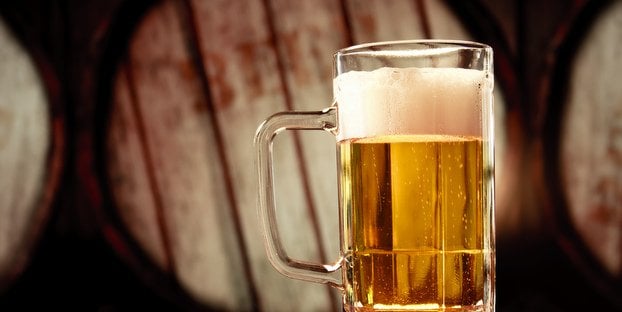
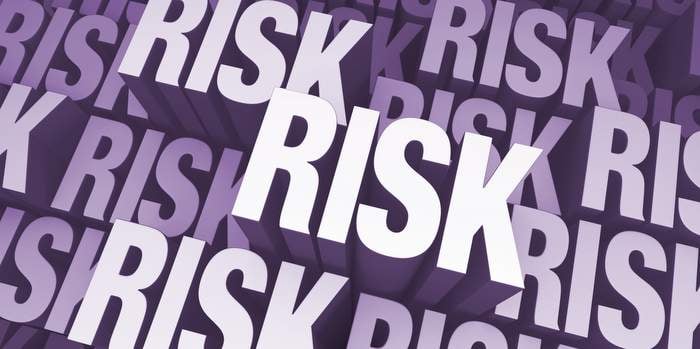
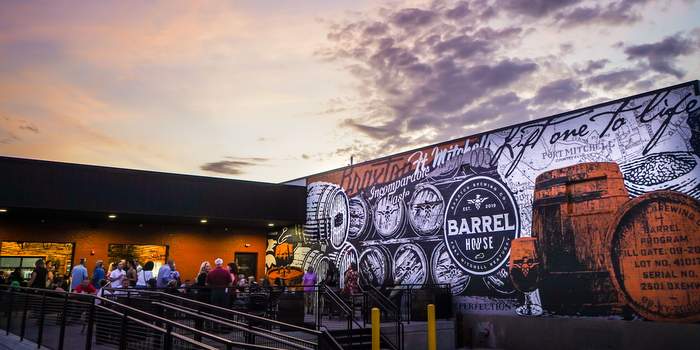
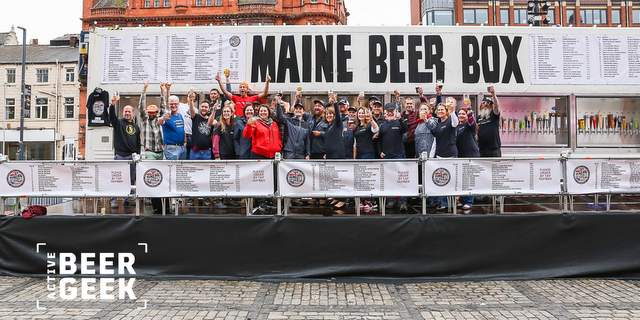
RT @CraftBrewingBiz: How to properly insure your barrel-aging program. http://t.co/tbCXPWA7xw contributed by @CoverYourBrew #Sundayreading
How to properly insure your barrel-aging program http://t.co/6Plo1lZWE5 #beermaking #homebrew #craftbeer
Aging beer in barrels? Makes sure you have coverage! Great link from @KenMcDermott: http://t.co/i9mhbcHZYw
Don’t let your barrel program sink your brewery: http://t.co/7yLfTjb5Am via @CraftBrewingBiz
@roadhous1 Thought this might interest you – Insuring your barrel-aging beers? http://t.co/zJH29vDp3F
Is your #barrelagingprogram properly insured? #craftbeer #beer #microbrewery http://t.co/744rO7p3p1
John Hoefer liked this on Facebook.
@CraftBrewingBiz featured an article by our very own John Hoefer today! Check it out! http://t.co/744rO7p3p1